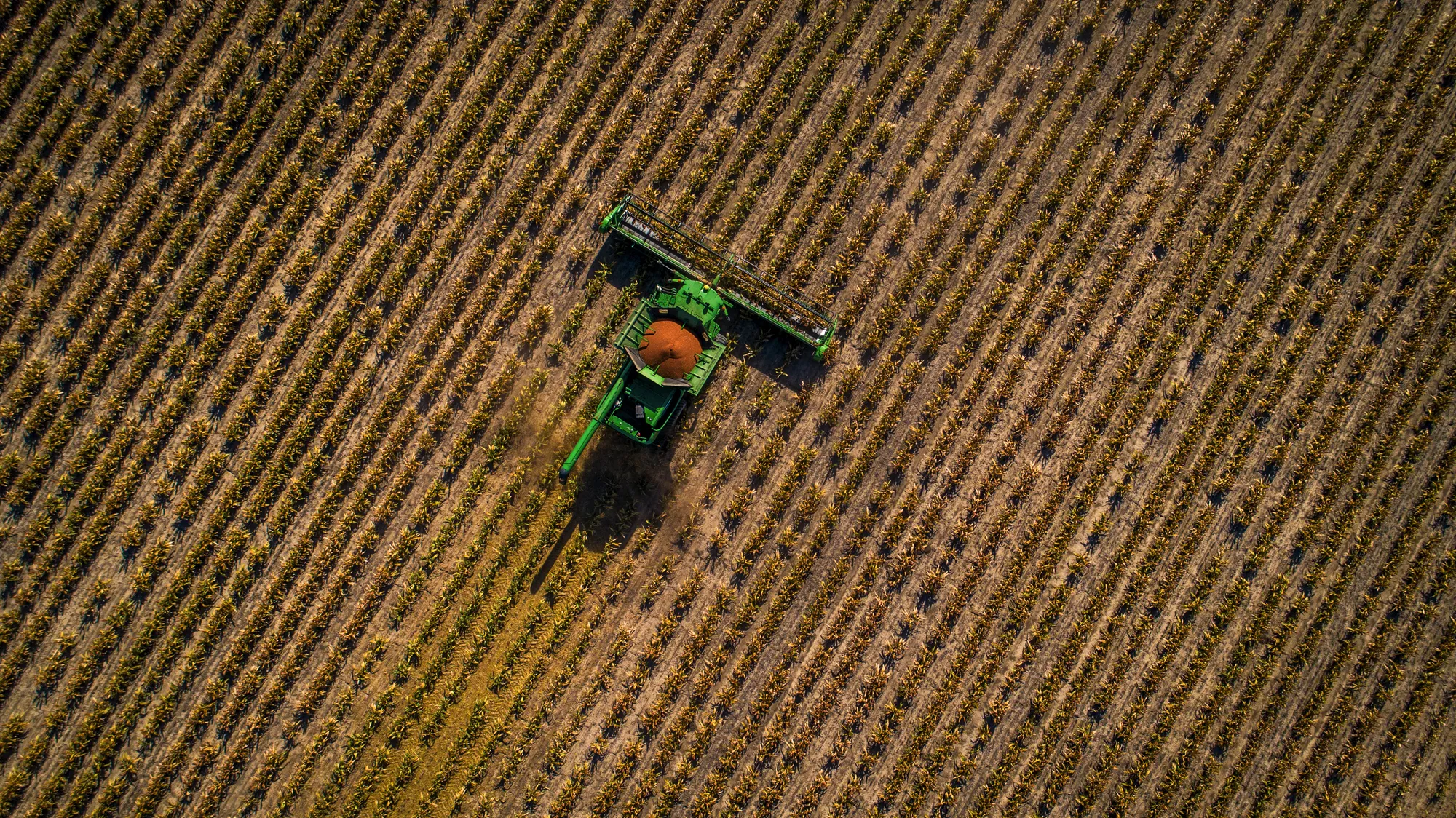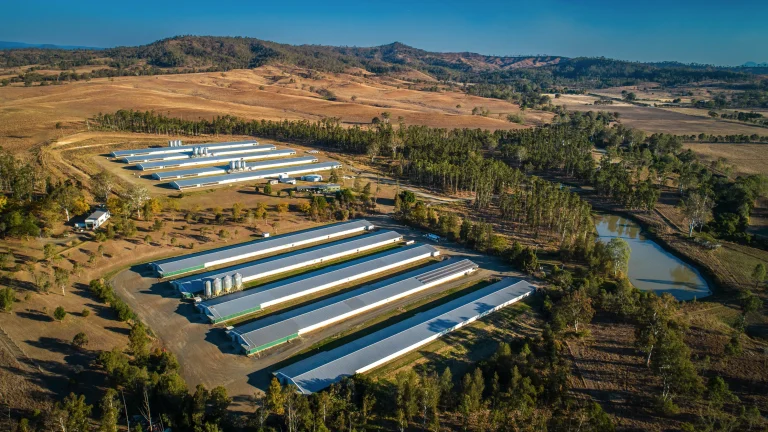Guidelines for Investing in Australia’s Agricultural Sector
Australia’s agricultural sector represents one of the most resilient and promising investment opportunities in the global economy. With its vast land resources, advanced farming techniques, and strong export markets, the continent offers unique advantages for investors seeking to diversify their portfolios with tangible assets. Understanding the guidelines for investing in Australia’s agricultural sector becomes crucial for anyone considering entry into this dynamic market, whether they are institutional investors, family offices, or individual buyers looking to capitalize on the sector’s stability and growth potential.
At Agribusiness Horizons, we recognize that navigating agricultural investments requires specialized expertise and deep market knowledge. Our team provides comprehensive guidance to help investors understand the complexities of farmland acquisition, from initial market analysis to successful transaction completion. If you’re considering agricultural property investments, we encourage you to contact our experts who can provide personalized advice tailored to your specific investment objectives and risk tolerance.
This comprehensive guide will walk you through the essential considerations, regulatory requirements, market dynamics, and strategic approaches necessary for successful agricultural investment in Australia. You’ll gain insights into property evaluation techniques, financing options, risk management strategies, and the unique opportunities that make Australian farmland an attractive investment proposition.
Understanding Australia’s Agricultural Investment Landscape
Australia’s agricultural sector spans diverse climatic zones and production systems, offering investors access to everything from extensive cattle stations to intensive horticultural operations. The country’s agricultural exports contribute significantly to the national economy, with products reaching markets across Asia, Europe, and North America. This export orientation creates stable demand for quality agricultural land and provides investors with exposure to global commodity markets.
The sector benefits from advanced agricultural technologies, sustainable farming practices, and strong institutional support. Government policies generally favor agricultural development, with various incentives and programs designed to encourage investment in rural properties. Understanding these policy frameworks forms a fundamental part of the guidelines for investing in Australia’s agricultural sector.
Foreign investment in agricultural land is regulated but welcomed, particularly when it brings capital, expertise, and market access. The Foreign Investment Review Board oversees significant foreign acquisitions, ensuring investments align with national interests while facilitating beneficial capital flows into the sector.
Key Investment Considerations and Property Types
When evaluating agricultural investments, investors must consider several critical factors that influence both immediate returns and long-term value appreciation. Soil quality, water availability, climate patterns, and proximity to processing facilities all play crucial roles in determining property viability and profitability.
Primary investment categories include:
- Broadacre cropping properties suitable for grain production, offering exposure to global commodity markets
- Livestock operations including cattle stations and sheep properties with established infrastructure
- Horticultural assets focused on fruit, vegetable, and specialty crop production
- Dairy farms in high-rainfall regions with premium market access
- Integrated operations combining multiple agricultural enterprises for diversification
Water rights represent a particularly important consideration in Australian agricultural investments. Properties with secure water allocations command premium valuations, especially in regions where water scarcity affects production reliability. Understanding water licensing, allocation systems, and trading mechanisms becomes essential for investors seeking to optimize their agricultural portfolios.
Infrastructure quality significantly impacts investment returns. Properties with modern facilities, efficient irrigation systems, and adequate storage capabilities typically generate higher yields and command better market prices. Investors should evaluate existing infrastructure and consider upgrade requirements when assessing potential acquisitions.
Regulatory Framework and Compliance Requirements
Australia’s agricultural investment environment operates within a comprehensive regulatory framework designed to protect both investors and the broader agricultural sector. The guidelines for investing in Australia’s agricultural sector must account for federal, state, and local regulations that govern land use, environmental protection, and foreign investment.
The Foreign Investment Review Board requires approval for foreign acquisitions of agricultural land above certain thresholds, which vary depending on the investor’s country of origin and existing free trade agreements. These regulations ensure investments contribute positively to Australian agricultural development while maintaining national food security objectives.
Environmental regulations play an increasingly important role in agricultural investments. Properties must comply with native vegetation protection laws, water usage restrictions, and biodiversity conservation requirements. Investors should conduct thorough environmental due diligence to identify potential compliance issues and associated costs.
State-based regulations govern specific aspects of agricultural operations, including livestock movement, chemical usage, and land clearing permits. Understanding these requirements helps investors avoid costly compliance failures and ensures smooth operational transitions following acquisition.
Financial Analysis and Valuation Approaches
Successful agricultural investment requires sophisticated financial analysis that accounts for the unique characteristics of farming operations. Unlike traditional real estate investments, agricultural properties generate returns through both land appreciation and operational income, creating complex valuation scenarios that demand specialized expertise.
Key financial metrics for agricultural investment evaluation include:
- Earnings Before Interest, Tax, Depreciation, Amortization, and Rent (EBITDAR) calculations
- Capitalization rates based on sustainable agricultural income
- Comparable sales analysis using recent transactions of similar properties
- Discounted cash flow modeling incorporating commodity price volatility and climate risks
Commodity price sensitivity analysis helps investors understand how market fluctuations affect property values and operational returns. Properties with diversified production systems typically demonstrate greater resilience to price volatility, making them attractive to risk-conscious investors.
Climate risk assessment has become increasingly important in agricultural valuations. Properties with proven resilience to drought, flooding, or extreme weather events command premium valuations, while those in vulnerable locations may require additional risk mitigation strategies.
Risk Management and Mitigation Strategies
Agricultural investments face unique risks that require specialized management approaches. Weather variability, commodity price fluctuations, regulatory changes, and operational challenges all contribute to investment risk profiles that differ significantly from traditional asset classes.
Effective risk management strategies include:
- Diversification across multiple properties, regions, and agricultural enterprises
- Insurance coverage for crops, livestock, and infrastructure protection
- Water security through reliable allocation ownership and storage capabilities
- Professional management ensuring operational efficiency and regulatory compliance
Climate resilience planning has become essential for long-term agricultural investment success. Properties with drought-resistant crops, efficient irrigation systems, and climate-adapted infrastructure demonstrate superior performance during adverse weather conditions.
Market risk mitigation involves understanding commodity cycles, export market dynamics, and currency fluctuations that affect agricultural returns. Investors should consider hedging strategies and long-term supply contracts to stabilize income streams where appropriate.
Market Timing and Investment Opportunities
Understanding market cycles and timing considerations forms a crucial component of the guidelines for investing in Australia’s agricultural sector. Agricultural property markets respond to various factors including commodity prices, interest rates, seasonal conditions, and global economic trends.
Current market conditions present attractive opportunities for well-positioned investors. Interest rate environments, government support programs, and infrastructure investments are creating favorable conditions for agricultural property acquisition. However, successful timing requires deep market knowledge and access to current transaction data.
Regional market variations offer different risk-return profiles for agricultural investors. Queensland’s diverse agricultural opportunities, New South Wales’ premium irrigation districts, Victoria’s intensive farming regions, and emerging opportunities in northern Australia each present unique investment propositions.
| Investment Region | Primary Opportunities | Risk Factors | Market Outlook |
|---|---|---|---|
| Queensland | Cattle stations, horticulture, sugarcane | Cyclone exposure, water variability | Strong demand growth |
| New South Wales | Irrigation districts, broadacre crops | Drought risk, water allocation | Premium market stability |
| Victoria | Dairy operations, intensive horticulture | Climate variability, land competition | Consistent performance |
| Northern Australia | Emerging crops, large-scale operations | Infrastructure limitations, climate | Development potential |
Agribusiness Horizons: Your Strategic Investment Partner
At Agribusiness Horizons, we understand that successful agricultural investment requires more than just capital – it demands specialized expertise, market intelligence, and strategic guidance throughout the entire investment lifecycle. Our comprehensive approach to agricultural property transactions combines deep industry knowledge with innovative analytical tools to help clients identify, evaluate, and acquire premium agricultural assets.
Our team provides end-to-end support for agricultural investors, from initial market analysis and property identification through due diligence, negotiation, and post-acquisition management. We leverage our extensive network of agricultural professionals, financial institutions, and industry contacts to ensure clients have access to the best opportunities and most competitive terms available in the market.
The guidelines for investing in Australia’s agricultural sector become clearer when working with experienced professionals who understand the nuances of agricultural property markets. Our valuation and financial analysis services help investors make informed decisions based on comprehensive market data and sophisticated modeling techniques that account for agricultural-specific risks and opportunities.
We also provide specialized services in water rights advisory and natural capital assessment, helping investors understand and optimize the full value potential of their agricultural investments. These services become increasingly important as environmental considerations and sustainability requirements shape agricultural investment decisions.
Future Trends and Strategic Considerations
The agricultural investment landscape continues evolving with technological advancement, changing consumer preferences, and environmental considerations reshaping the sector. Precision agriculture, sustainable farming practices, and carbon sequestration opportunities are creating new value streams for agricultural properties.
Technology integration offers significant opportunities for agricultural investors willing to embrace innovation. Properties equipped with modern monitoring systems, automated irrigation, and data-driven management tools typically demonstrate superior operational efficiency and environmental performance.
Sustainability considerations are becoming increasingly important in agricultural investment decisions. Properties with strong environmental credentials, carbon sequestration potential, and sustainable production systems attract premium valuations and preferred financing terms.
Export market development continues creating opportunities for Australian agricultural products. Growing Asian markets, changing dietary preferences, and quality recognition for Australian produce support long-term demand for agricultural output and associated land values.
Conclusion
Successfully navigating the guidelines for investing in Australia’s agricultural sector requires comprehensive understanding of market dynamics, regulatory requirements, and investment fundamentals that distinguish agricultural assets from traditional investment categories. The sector offers unique opportunities for portfolio diversification, inflation protection, and long-term capital appreciation, but success depends on thorough preparation and professional guidance.
As you consider agricultural investment opportunities, ask yourself: What specific agricultural sectors align with your investment objectives and risk tolerance? How can you leverage professional expertise to identify and evaluate the most promising opportunities? What role should agricultural assets play in your overall investment strategy?
The complexity of agricultural investments makes professional guidance essential for optimal outcomes. At Agribusiness Horizons, we’re committed to helping investors navigate these complexities and achieve their agricultural investment objectives. Contact our team today to discuss how our specialized expertise can support your agricultural investment goals and help you capitalize on the opportunities available in Australia’s dynamic agricultural sector.



